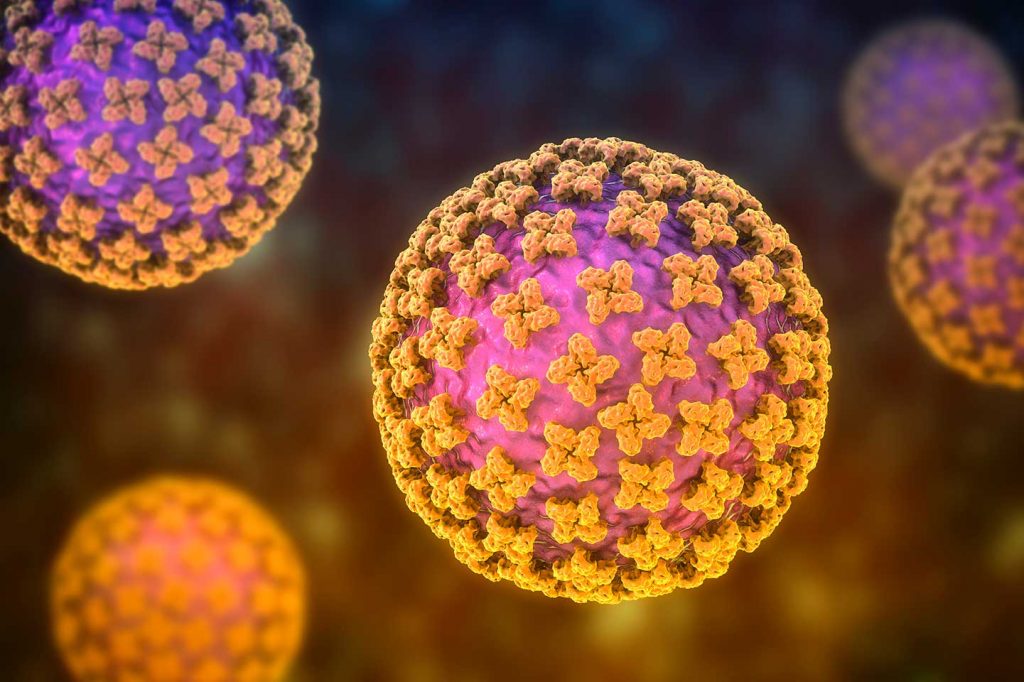
The United States has detected a new human case of hantavirus in the country, specifically, in Michigan, the first confirmed case in this state. This is an adult woman from Washtenaw County who was hospitalized with a severe lung disease caused by hantavirus.
This has been reported by the Michigan Department of Health and Human Services (MDHHS, for its acronym in English), which points out that the cause of the contagion could be due to the fact that the patient was exposed to the virus when cleaning an unoccupied house that contained signs of an active rodent infestation .
What is hantavirus? Causes and symptoms
Hantavirus is a virus that causes what is known as hantavirus pulmonary syndrome (HPS). It was first detected in 1993 and, normally, infections in humans are associated with domestic, occupational or recreational activities that put humans in contact with infected rodents , according to the iO Foundation , dedicated to the study and control of diseases infectious.
This virus is transmitted to humans, mainly by infected voles, which transmit it to people through their saliva, feces and urine. In fact, the greatest risk of hantavirus infection is associated with the opening or cleaning of closed buildings with the presence of infected rodents.
Thus, inhalation is the most frequent cause , when the person breathes in places where the feces or urine of infected rodents shed the virus and contaminated the environment. It also occurs when humans directly touch infected rodents , both living and dead, as well as when touching the feces or urine of these rodents. Similarly, the bites of infected rodents can spread the disease.
The symptoms that usually occur when a person is infected with this virus are the following:
- Fever
- Shaking chills
- Body aches
- Headache
- Nausea and vomiting
- Diarrhea
- Abdominal pain
- Cough
- Difficulty breathing.
Why is this disease a concern?
Although HPS occurs rarely, the truth is that it has a mortality rate of 40%. In addition, two types of conditions can occur: a type of viral hemorrhagic fever with kidney syndrome or hantavirus pulmonary syndrome (HPSV), a very serious lung condition.
“It is a rare but serious and sometimes fatal respiratory disease.”
“HPS is caused by some strains of hantavirus and is a rare but serious and sometimes fatal respiratory disease that can occur one to five weeks after a person is exposed to fresh urine, droppings or saliva of infected rodents,” explains the Dr. Joneigh Khaldun, MDHHS Executive Medical Director and Deputy Director of Health.
The risk of outbreaks of people infected by hantavirus increases due to seasonal climatic changes, which produce changes in the population dynamics of rodents.
Hantavirus Prevention and Control
This virus is susceptible to most household disinfectants and detergents, as well as being rapidly inactivated in ventilated environments with sun exposure.
The greatest prevention against this infection is to control the rodent population, for which it is important to prevent the access of rodents to the house, closing cracks and holes, eliminating access to food, using traps and taking care of the cleaning of closed places with evidence of the presence of rodents.
It is essential to ventilate closed places widely and, in addition, exposed areas should be sprayed with disinfectants for general use for houses, avoiding at all times the aerosolization of particles and dust deposited on the ground and environment.
Likewise, continuous hand washing and the use of masks are recommended in places where the presence of rodents is evident, as indicated in the Guide to imported infectious diseases , prepared by the Ministry of Health.
